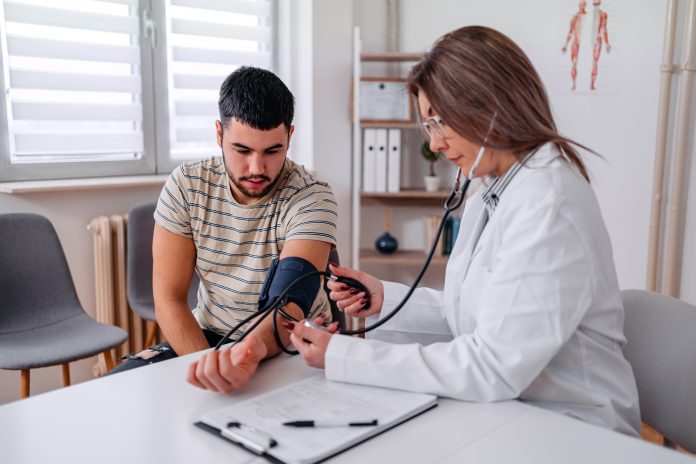New Delhi, September 2
Potency of antibodies generated against chikungunya infection was higher during patients’ recovery phase than that during their acute infection phase, according to a new study published in The Lancet Regional Health-Southeast Asia journal.
The findings are crucial in understanding disease dynamics at a given point in time, the study from Indian institutes, including AIIMS-Bhubaneswar, Manipal Institute of Virology, Karnataka, and International Centre for Genetic Engineering and Biotechnology (ICGEB), New Delhi, said.
Even though the antibodies were produced as a result of the viral infection, serological analysis indicated that the neutralising capacity of blood serum antibodies of chikungunya patients during their recovery phase was higher than that during acute infection, it said.
Chikungunya disease (CHIKD), a mosquito-borne viral disease caused by the chikungunya virus, is characterised by fever and joint pain and is a global public health threat. Patients may also go on to develop headache, muscle pain, joint swelling, or rash.
The present study was conducted as part of two consortia involving thirteen clinical sites across India, that included healthcare centres in Tamil Nadu, Karnataka, Tripura, Assam and other states.
The researchers collected 196 acute chikungunya patients and 51 paired serum samples (acute and one-month follow-up) from lab-confirmed infections between 2016 and 2021. “Acute samples” were those collected in the first two weeks following symptom onset and “convalescent samples” were those collected a month after.
Other clinical-epidemiological data such as age, gender, temperature, Clinical Disease Activity Index (CDAI) score for assessing disease severity and progression, along with symptoms, co-morbidities, complete blood count and travel history were also collected via questionnaires.
The serum samples were profiled for cytokines, proteins involved in regulating the body’s immune and inflammation response, and neutralisation capacity.
The neutralising capacity of the blood serum antibodies was significantly higher in convalescent samples compared to acute samples, the researchers found.
The frequently observed clinical features during the first two weeks of the infection included joint pain (91.84 per cent), muscle pain (90.82 per cent), headache (92.35 per cent) and morning stiffness (56.47 per cent), the researchers said in the study.
Other less frequently observed symptoms recorded were eye infections and pain, nausea, abdominal pain rashes, cough, photophobia or fear of light, diarrhoea, vomiting, oedema, they said.
Further, 74 per cent of patients exhibiting severe disease at the time of collection of first sample converted to persistent arthralgia, or joint pain, the researchers found by interviewing these patients.
However, in the remaining patients the symptoms appeared to be resolved, they said.










